Sep 29, 2025
Imagine the elevator we may take every day—do you know which type of hydraulic system it belongs to? When you press the elevator button, the moving cabin can stop precisely at the designated floor.
So how does the elevator operate under the control of a hydraulic system? First, the hydraulic pump pressurizes the hydraulic fluid and delivers it through the hydraulic pipes into the hydraulic cylinder. As the fluid enters, the piston rod of the cylinder is pushed upward, which lifts the elevator car smoothly. When it needs to descend, the hydraulic valve opens, allowing the fluid to return to the reservoir, the piston rod retracts, and the cabin descends safely. The entire process is quiet, stable, and almost free of noticeable vibration.
The elevator lift is a typical example of a hydraulic lift system. Its key advantages include:
High load capacity: Easily lifts several tons, making it ideal for both passengers and freight.
Smooth operation: Hydraulic oil provides excellent cushioning, ensuring soft starts and stops.
Relatively simple structure: Mainly relies on cylinders, pumps, and valves, making maintenance more straightforward than complex gear or cable systems.
High safety: Even in the event of a power outage, the cabin can descend slowly through control valves, preventing sudden danger.
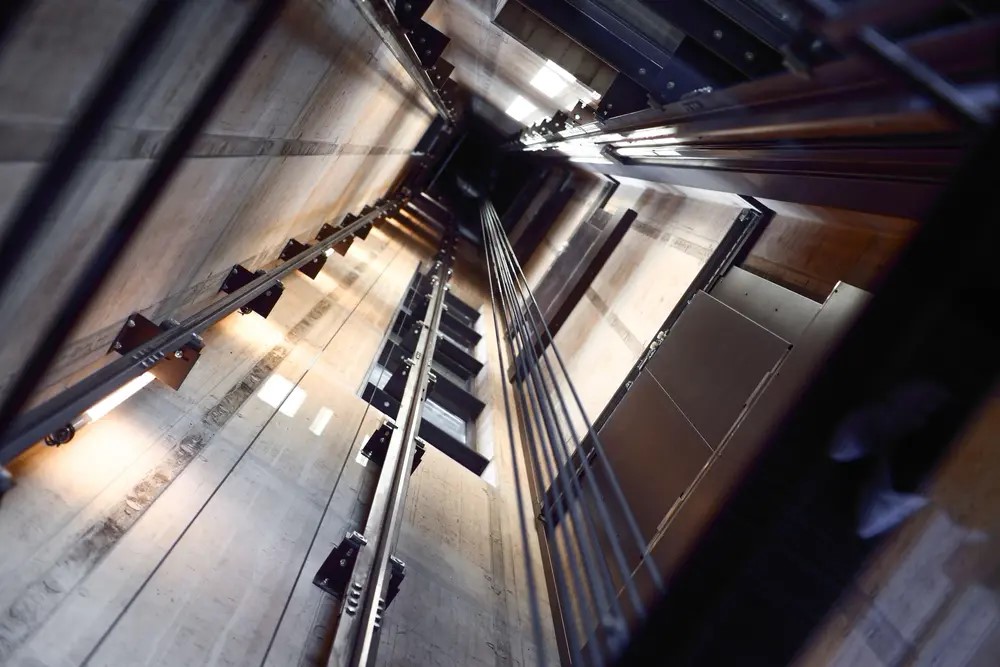
Although hydraulic lift systems are not very common in our daily lives, the same principle is widely applied in car lifts, warehouse lifting platforms, and similar equipment.
Apart from hydraulic lift systems, there are three other types of systems that use hydraulic components. Do you know what they are and in which industries they are applied?
At a recycling station, messy paper waste often needs to be compressed. Because cardboard or plastic has a large volume and requires a wide compression surface, a large baler is needed. Stacks of cardboard or plastic are placed into the machine chamber, and then the hydraulic pump drives the hydraulic cylinder downward. With enormous pressure, the waste is compressed into neat, solid blocks. Thanks to uniform force distribution and steady, continuous pressure, the blocks formed are not easy to return to their original shape. This is a typical application of a hydraulic press system.
The core operating components of a hydraulic press system are the hydraulic cylinder and the control valves.
Key features of hydraulic press systems:
Enormous pressure: Easily handles materials such as metal, plastic, and paper that are otherwise difficult to compress.
High efficiency: Achieves forming in a single process, saving both labor and time.
Wide applications: Extensively used in metallurgy, automobile manufacturing, and recycling industries.
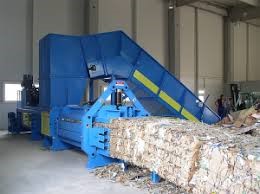
A hydraulic braking system is a mechanism that uses fluid pressure to transmit braking force.When the driver presses the brake pedal, the mechanical force from the pedal is converted into hydraulic pressure by the master cylinder.
This pressure is then transmitted through the brake lines to the wheel cylinders or calipers, causing the vehicle to slow down or stop.
Brake Pedal: Inputs mechanical force.
Master Cylinder: Converts mechanical force into hydraulic pressure.
Brake Lines: Transmit brake fluid under pressure.
Wheel Cylinder / Caliper: Receives hydraulic pressure and actuates the brake pads.
Brake Fluid: The medium that transfers hydraulic pressure
A hydraulic steering system uses hydraulic oil pressure to assist the driver in turning the steering wheel, reducing steering resistance and making the operation smoother and easier.
It is one of the most common forms of power-assisted steering in conventional vehicles.
Steering Wheel: Inputs steering force.
Steering Gear: Converts the steering wheel’s rotation into steering motion.
Hydraulic Pump: Provides hydraulic oil pressure.
Control Valve: Regulates the direction and pressure of hydraulic flow.
Steering Cylinder: Uses hydraulic pressure to turn the wheels.
Oil Reservoir: Stores hydraulic oil.
The four types of hydraulic systems have different objectives and functions, and their modes of operation also vary.However, they all use hydraulic oil as the medium for energy conversion, realizing their system goals through hydraulic power.
Each system generally consists of essential hydraulic components such as pumps, cylinders, valves, and pipelines and fittings.
You May Interest In
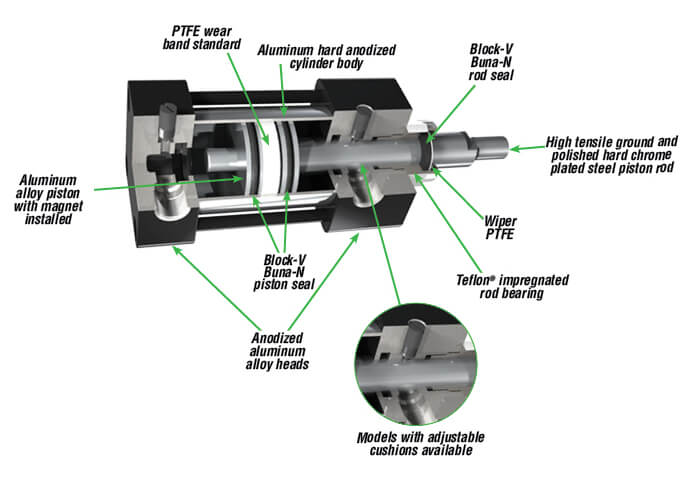
Dec 02, 2025 Blog
What are the parts of a pneumatic cylinder?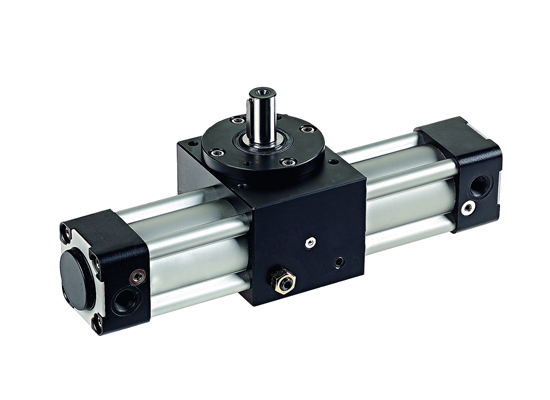
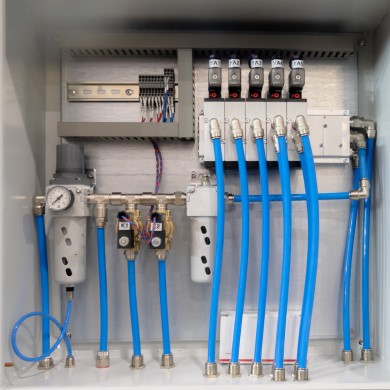

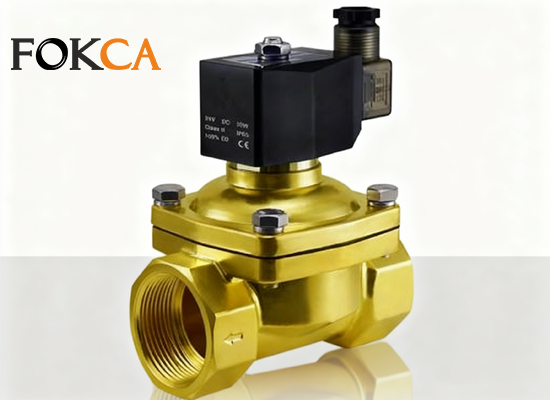
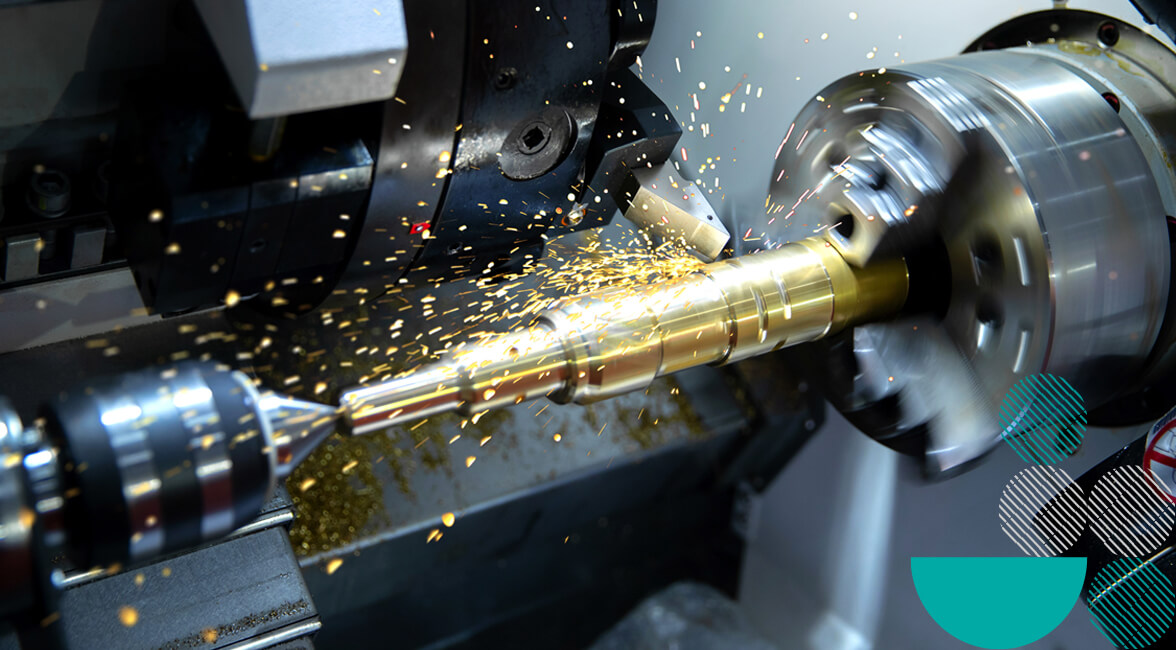
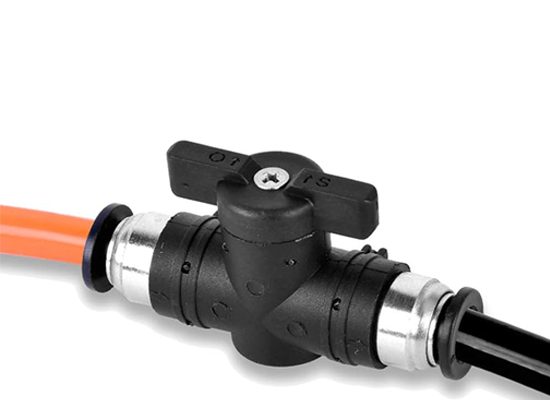
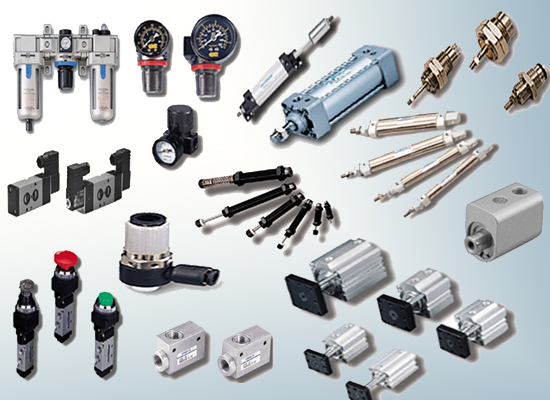

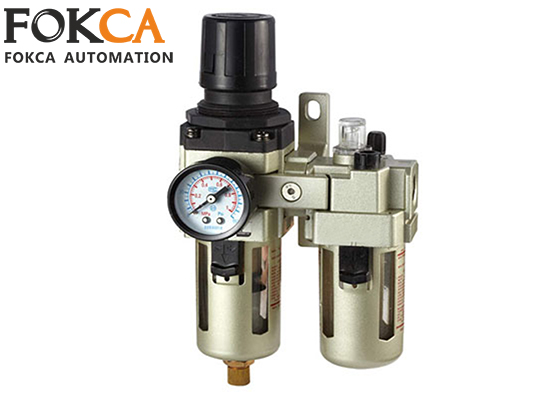
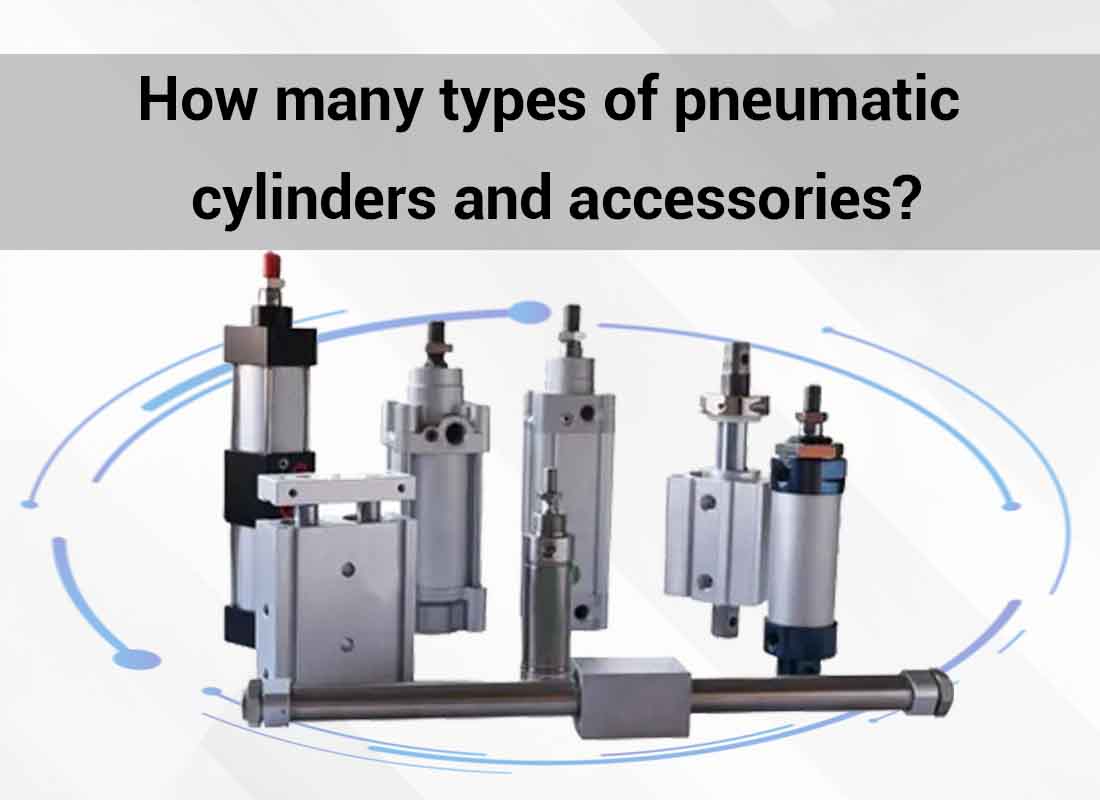
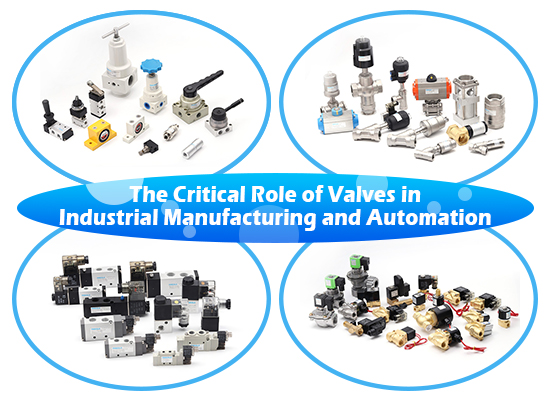
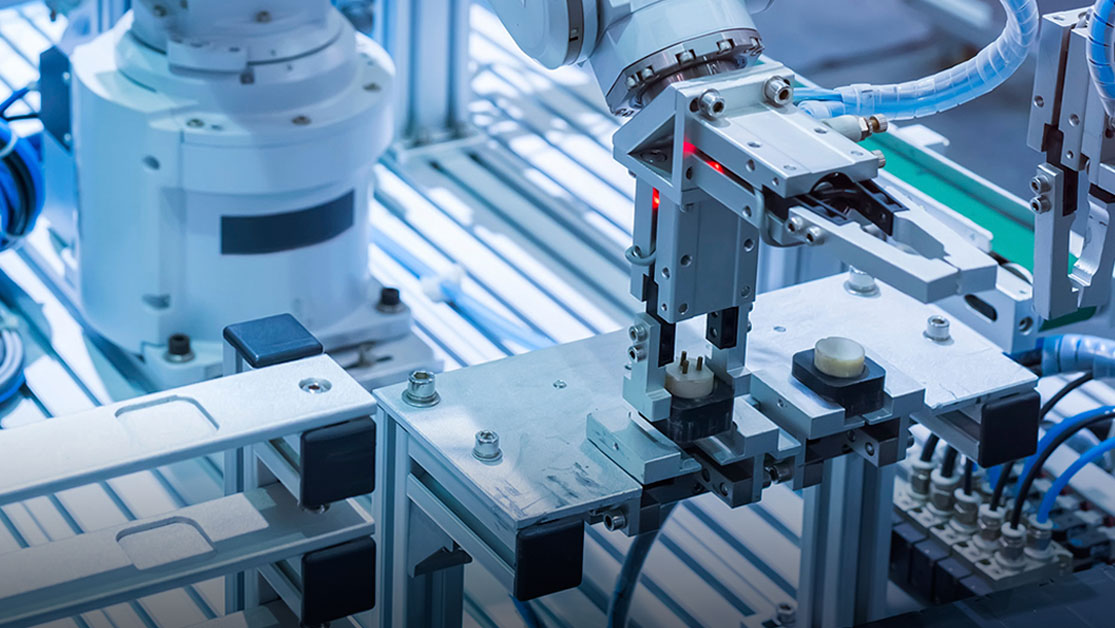
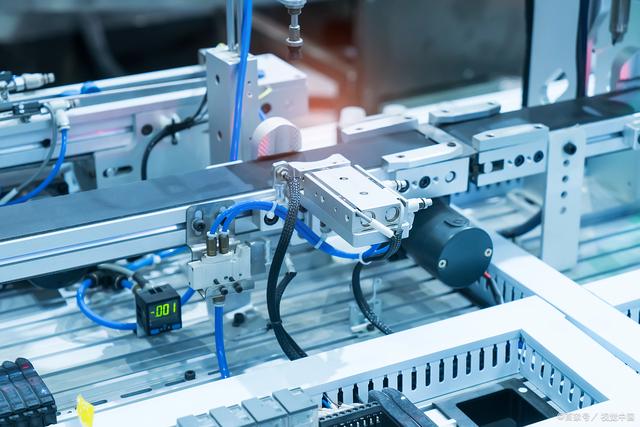
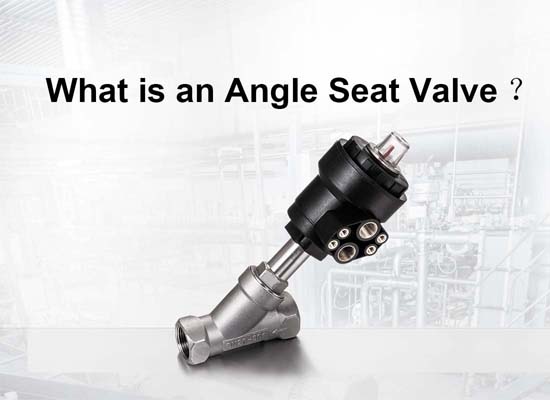
Apr 18, 2025 Blog
What is an Angle Seat Valve?Links: www.fescolo.com(Pneumatic)
FOKCA ©1998-2025 All Rights Reserved Sitemap